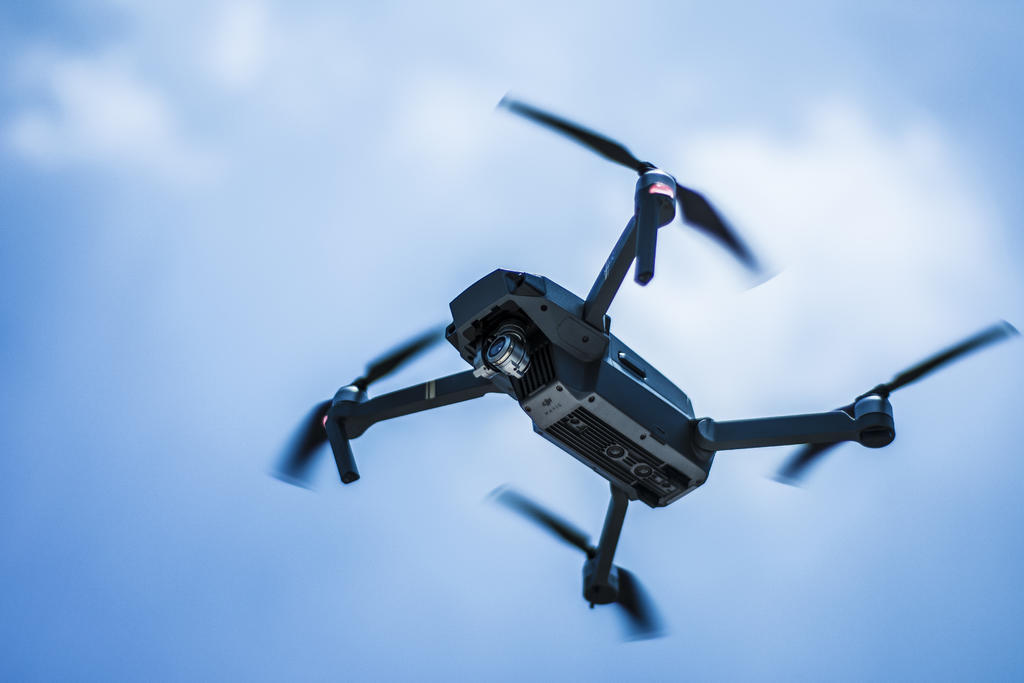Tethered drones are revolutionizing the way industries operate, combining the flexibility of traditional drones with the endurance and reliability offered by a tether system. These advanced unmanned aerial vehicles (UAVs) are connected to a power source via a cable, allowing for extended flight times, heightened data security, and stable operation. As technology continues to evolve, tethered drones are becoming indispensable tools in various fields, including public safety, broadcasting, and infrastructure monitoring.
What Makes Tethered Drones Unique?
Tethered drones provide unparalleled operational endurance due to their direct connection to a continuous power supply. Unlike conventional drones, which rely on batteries with limited charge, these drones can operate for hours, if not indefinitely, making them ideal for missions requiring sustained aerial presence. Additionally, the tether cable serves as a secure data transmission line, significantly reducing the risk of signal interception and data breaches.
Another advantage is the stability these drones offer. Because of their tethered nature, they are less susceptible to environmental disturbances such as wind, making them reliable even in challenging conditions. This stability is particularly crucial for applications requiring precise positioning, such as inspection tasks or high-quality aerial imaging.
Applications Across Various Industries
- Public Safety: Law enforcement and emergency response teams are increasingly relying on tethered drones for real-time surveillance during large events, search-and-rescue operations, and disaster management scenarios. The ability to maintain a constant aerial perspective is invaluable in assessing situations and deploying resources effectively.
- Broadcasting and Journalism: Tethered drones provide stable, high-definition live feeds for covering events, breaking news, and sporting activities. Their reliability ensures uninterrupted broadcasting, even over extended durations.
- Infrastructure Monitoring: Inspecting critical infrastructure like bridges, power lines, and wind turbines becomes significantly more efficient with tethered drones. The constant power supply allows for detailed, long-term inspections without the need for frequent battery changes or manual interventions.
- Military and Defense: In defense applications, tethered drones are used for persistent observation and communication relay, offering enhanced situational awareness without compromising on operational security.
- Environmental and Wildlife Monitoring: From monitoring deforestation to observing wildlife patterns, the application of tethered drones in ecological research is gaining popularity due to their ability to remain stationary for extended periods.
Advancements in Tethered Drone Technology
Recent technological advancements have further expanded the capabilities of tethered drones. Lighter, more durable cables are improving mobility, while developments in power management systems allow for higher payload capacities. Today’s tethered drones can carry advanced sensors, cameras, and even communication equipment, adapting to the demands of various missions. Moreover, hybrid systems are emerging that offer the flexibility to detach from the tether and operate freely when needed, combining the best of both tethered and untethered designs.
Challenges and Limitations
Despite their many advantages, tethered drones do have limitations. The physical tether restricts their range of movement, making them unsuitable for missions requiring extensive travel. Additionally, the tether can present logistical challenges in certain environments, such as urban areas with numerous obstructions. However, ongoing research and development aim to address these concerns, making tethered drones more versatile and user-friendly.
How to Choose the Right Tethered Drone
When selecting a tethered drone for specific applications, it’s essential to consider factors such as operational range, payload capacity, and data security. Assess the quality and durability of the tether system, as it plays a critical role in the drone’s efficiency. Additionally, evaluating the compatibility of onboard equipment, such as cameras or sensors, ensures that the drone meets the unique requirements of its intended use.
Investing in a reputable manufacturer with proven expertise in designing tethered drones is also crucial. Reliable support and training services can make a significant difference in ensuring seamless operation during critical missions.
FAQs About Tethered Drones
Q: Can tethered drones operate in extreme weather conditions?
A: Yes, the tether provides additional stability, making them suitable for use in challenging weather, though extreme conditions may still impose certain limits.

Q: Are tethered drones expensive?
A: While the initial investment can be higher than traditional drones, their operational efficiency and reduced downtime can lead to long-term cost savings.
Q: What is the maximum altitude a tethered drone can achieve?
A: The altitude is determined by the length of the tether, with many commercial systems offering heights of up to 400 feet or more.